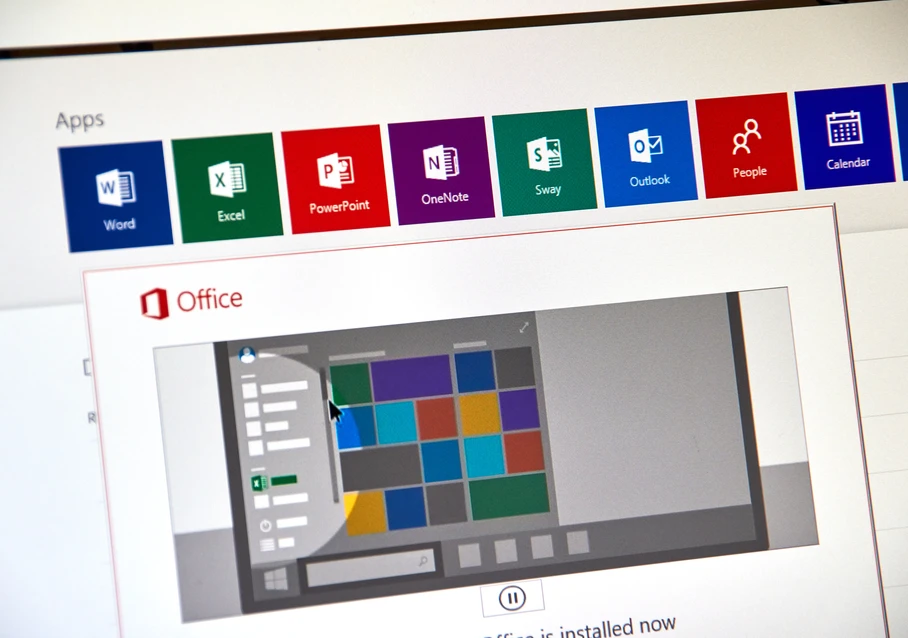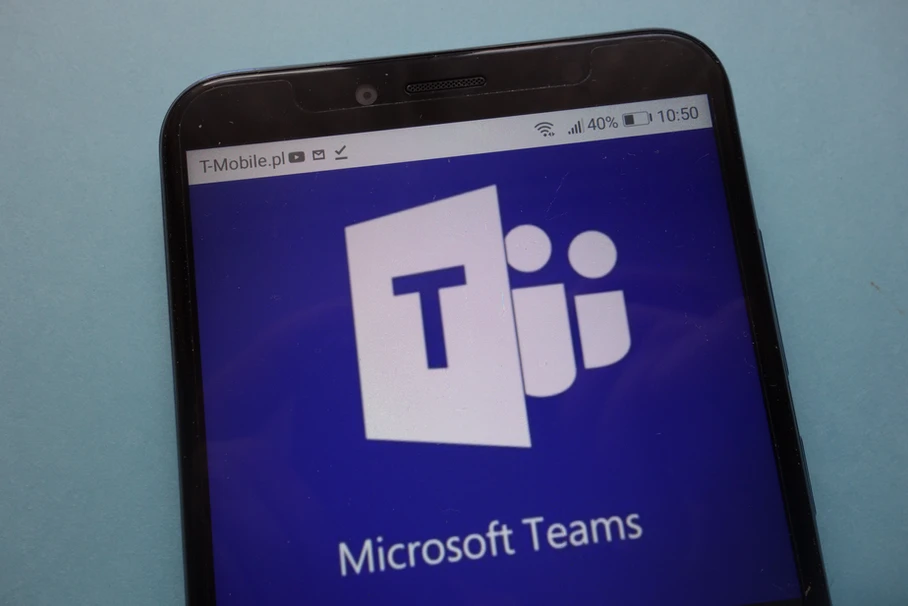Virtual work with M365 – how to protect your information?

![]()
Virtual work means that work happens anywhere, Corporate information is accessed from home offices, smartphones, and tablets. How do you protect this information? Encrypt sensitive information to protect it wherever it may go Stop staff and contractors from sharing, downloading, or printing sensitive information Stop staff from emailing sensitive information to internal or external parties […]
Time to cut costs: Consolidate content management and storage locations

![]()
Most enterprises have a myriad of content management/storage solutions like M365, SharePoint on-premise, network shared drives, FSS (e.g. Box, DropBox), and ECM systems (e.g. OpenText, Alfresco, Hyland). Infotechtion clients with up to 100k+ users operating in highly regulated industries have tested and concluded that M365 can replace most legacy content management/storage solutions. This significantly improves […]
The Needs of the Organization

![]()
If you are in an Information Governance position in your organization, you have an opportunity to smooth out the traditional conflict that governance has with the people who work in your organization. The conflict can arise because the needs of the organization do not always match the needs of the individual worker. Here are the […]
Determining the right Taxonomy

![]()
Taxonomies are used to organize information to improve discoverability and control. This could be website navigation, folder structures, or metadata groups. The right taxonomy depends on many factors, and I often used Dave Snowden´s Cynefin framework to discuss this with clients. Known, knowable, complex, or chaotic information? Known: You then know your information and you […]
Digital Transformation and Cloud Migration – A Content Assessment

![]()
The rise in virtual meetings in Teams, as well as the time and effort that Microsoft has put into M365, means that organizations now have access to amazing Information governance technologies and compliance features. Whether or not your organization is taking advantage of all those capabilities, with an E3 license or an E5 license, is […]
Maximizing Office 365 compliance with the E3 license

![]()
Many enterprises have the Microsoft Office (M365) E3 license that includes a number of Office 365 compliance features. Improve Information Governance with the E3 license Here are some ways we can improve information Governance in Office 365 with the E3 license without 3rd party solutions, customizations, or additional licenses: Establish the architecture foundation Get a […]
SharePoint Online Records Management – Automation Options

![]()
Updated: Sep 6, 2020 Many organizations still try to use paper-principles to manage electronic records. They tell staff to identify, capture, and classify records, and are then surprised when this doesn´t happen. Staff are often too busy doing their job than worrying about compliance. It´s therefore time for change since compliance needs to be by design. […]
Records Management with Microsoft Teams

![]()
Updated: Sep 6, 2020 Some of the files shared in Teams will be records that needs to be retained and protected. When you create Teams, a SharePoint Online site is automatically created for storing the Teams channel files. The key to managing records in Office 365 is not SharePoint Online, but retention and record labels. […]
Records Management in SharePoint Online – Planning

![]()
What is this article about? The records management capabilities of SharePoint Online with record labels has now become mature enough to meet the records management requirements of most large enterprises. Let me give you two examples: One of our global clients operating in a highly regulated industry with almost 40,000 users assessed several of the […]
Improving your eDiscovery process

![]()
The Electronic Discovery Reference Mode (EDRM) helps you break down the eDiscovery process to identify opportunities for improvements: Most organizations face issues with collection, preservation and processing activities. This is where many organizations spend a lot of time and money during the eDiscovery process. Average Discovery cost per case based on assessment of leading organizations […]

